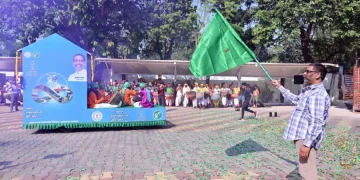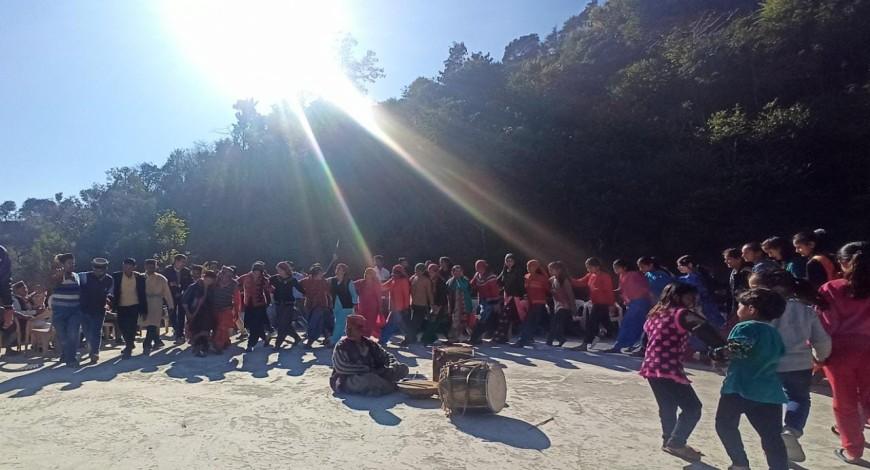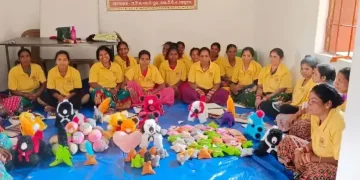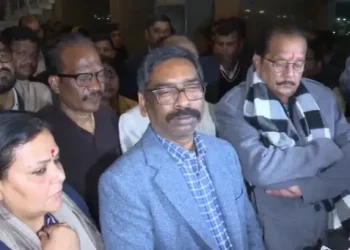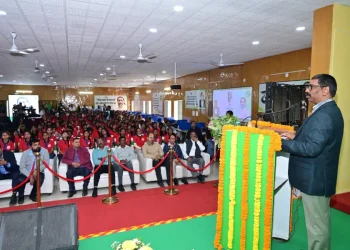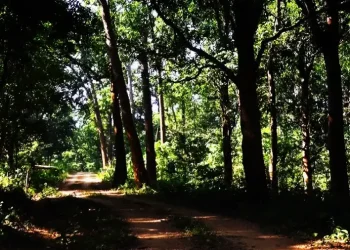New Delhi
The Union Cabinet, chaired by Prime Minister Narendra Modi, on Wednesday, approved the proposals of the Ministry of Tribal Affairs (MoTA) to add some communities in the list of Scheduled Tribes in the five States of Chhattisgarh, Himachal Pradesh, Uttar Pradesh, Tamil Nadu and Karnataka.
One of the major decisions is the acceptance of the over 50-year-old demand of the Hatti community in the Trans-Giri area of Himachal Pradesh’s Sirmaur for inclusion in the Scheduled Tribes list.
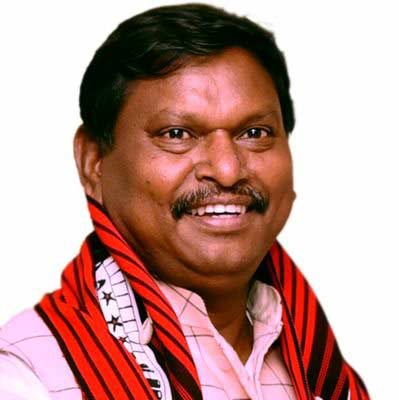
Union Tribal Affairs Minister Arjun Munda termed the decisions as “historic”. “The move will benefit around 1.60 lakh people of the Hatti community,” Munda said at a media briefing after the Cabinet meeting.
In Uttar Pradesh, the Gond tribe, along with its five sub-castes, was already approved for inclusion in the ST list for the state. The changes were approved for four districts in Uttar Pradesh — Kushinagar, Sant Ravidas Nagar, Chandauli and Sant Kabir Nagar. However, the Uttar Pradesh government changed the name of Sant Ravidas Nagar district to Bhadohi in 2015. The name of the district will be changed to Bhadohi in the Bill pending in Parliament.
The Binjhia community’s 15-year-old demand for inclusion in the ST list of Chhattisgarh has also been met. Eleven other communities from the State too have been included in the ST list.
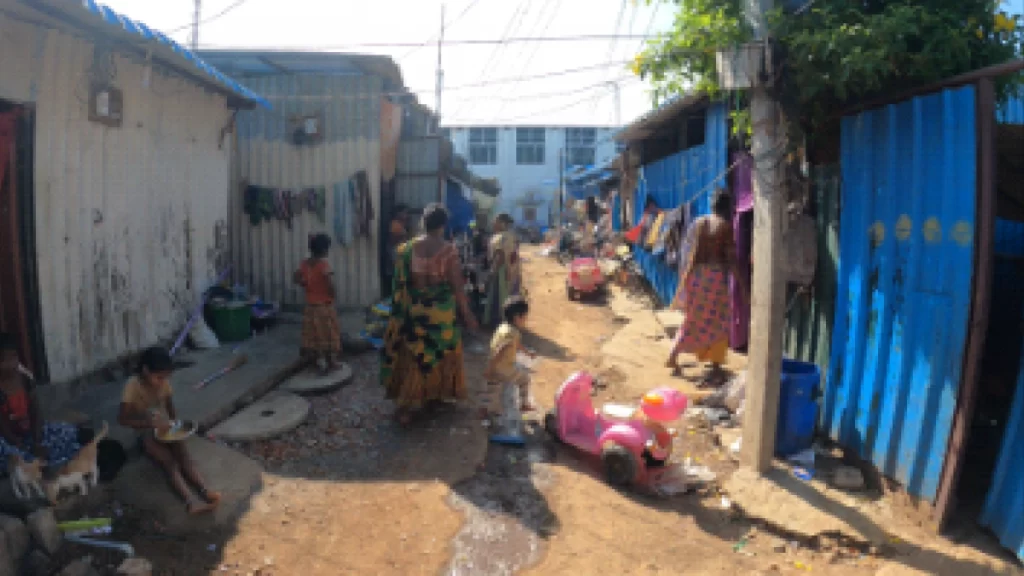
The inclusion of the Betta-Kuruba as synonym of “Kadu Kuruba” in Karnataka and Kurivikkaran as synonym of Narikoravan has also been approved.
The decision regarding the Hattis comes ahead of the Assembly elections in Himachal Pradesh later this year. Himachal Pradesh Chief Minister Jai Ram Thakur had been doing the rounds of Delhi meeting Union Home Minister Amit Shah on the issue even as the MoTA expressed reservations over accepting the State’s demand for notifying the Trans-Giri area as a Scheduled Area (SA).
While the BJP had included the promise of according ST status to the Hattis in its 2009 manifesto, Defence Minister Rajnath Singh had during an election rally in Sirmaur district in 2014 repeated the promise. Ever since the BJP’s promises, the Hatti community, holding sway over around 10 Assembly seats, has rallied behind the BJP.
Union Information and Broadcasting Minister Anurag Thakur, who hails from Himachal Pradesh, said people belonging to the community in the State had been asking for inclusion in the ST list for more than 50 years.
He said the Hatti community in the Jaunsar region of Uttrakhand had already been given tribal status (in 1967). “The Trans-Giri region of Sirmaur shares the border with Jaunsar, and the two have a cultural similarity. It is a historic decision. I thank PM Modi for this,” Thakur said.
The Government of Himachal Pradesh first sent a proposal in May, 2005 to MoTA seeking the status. However, the Government of India in 1999 and the in 2002 clearly laid down the modalities for deciding the claims for inclusion in, exclusion from and other modifications in orders specifying Scheduled Castes and Scheduled Tribes lists.
As per the modalities, only those proposals which have been recommended and justified by the concerned State Government/UT Administration and concurred with by the Registrar General of India (RGI) and National Commission for Scheduled Tribes (NCST) are to be considered and the legislation subsequently amended.
Accordingly, the proposal was processed and rejected as per these modalities and it was conveyed to the Himachal Pradesh government by MoTA in March 2017.
However, the Himachal Pradesh government in 2018 again requested to reconsider the already rejected proposal. It sent an ethnographical proposal to MoTA in this regard.
Jai Ram Thakur, Parliamentary Affairs Minister Pralhad Joshi, former Chhattisgarh chief minister Raman Singh and Tamil Nadu BJP chief K Annamalai thanked the Prime Minister for accepting the demands of their respective states. Chhattisgarh Chief Minister Bhupesh Baghel also thanked the PM for the inclusion of 12 communities in the list of STs and recalled that he had written to Modi in this regard last year.








